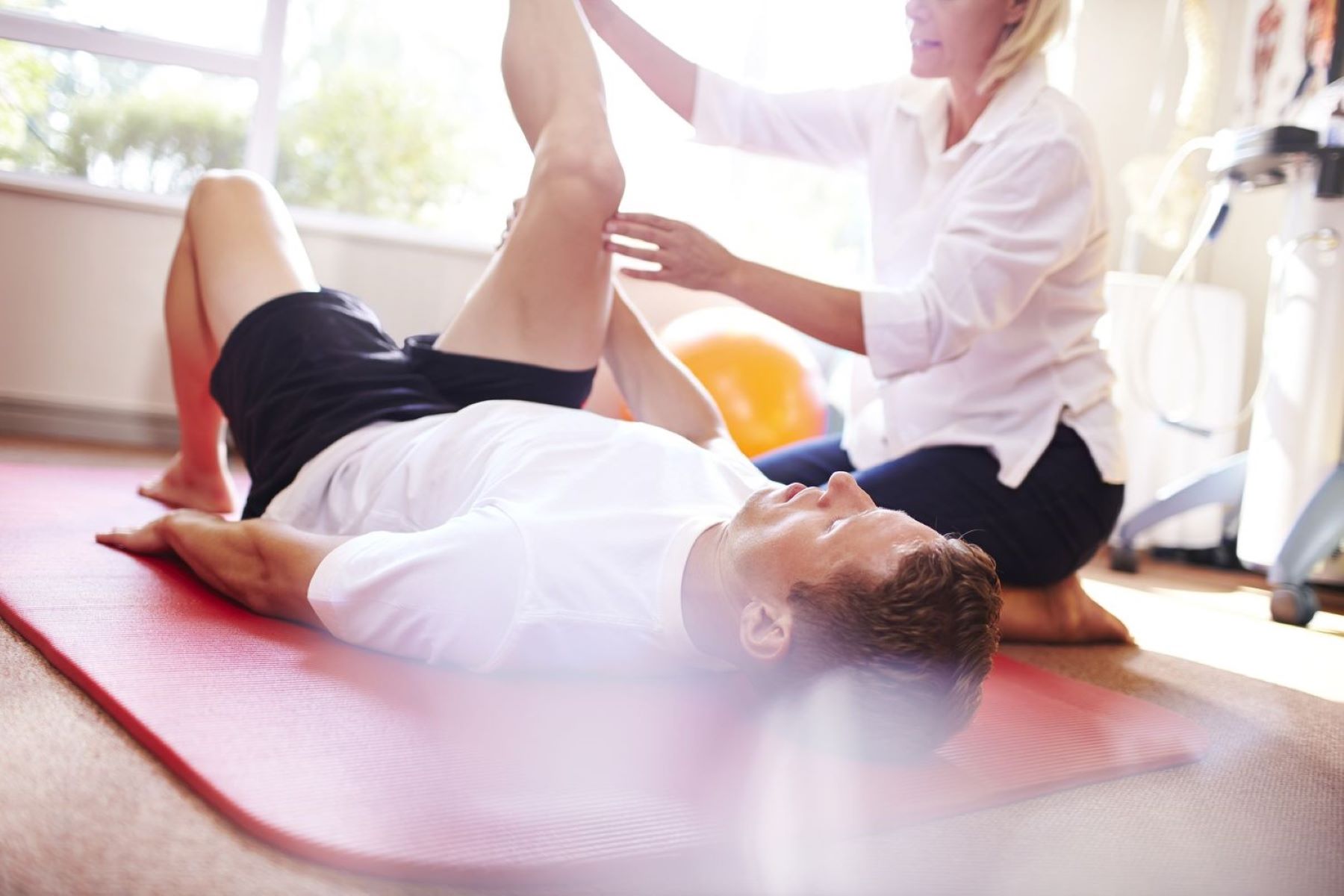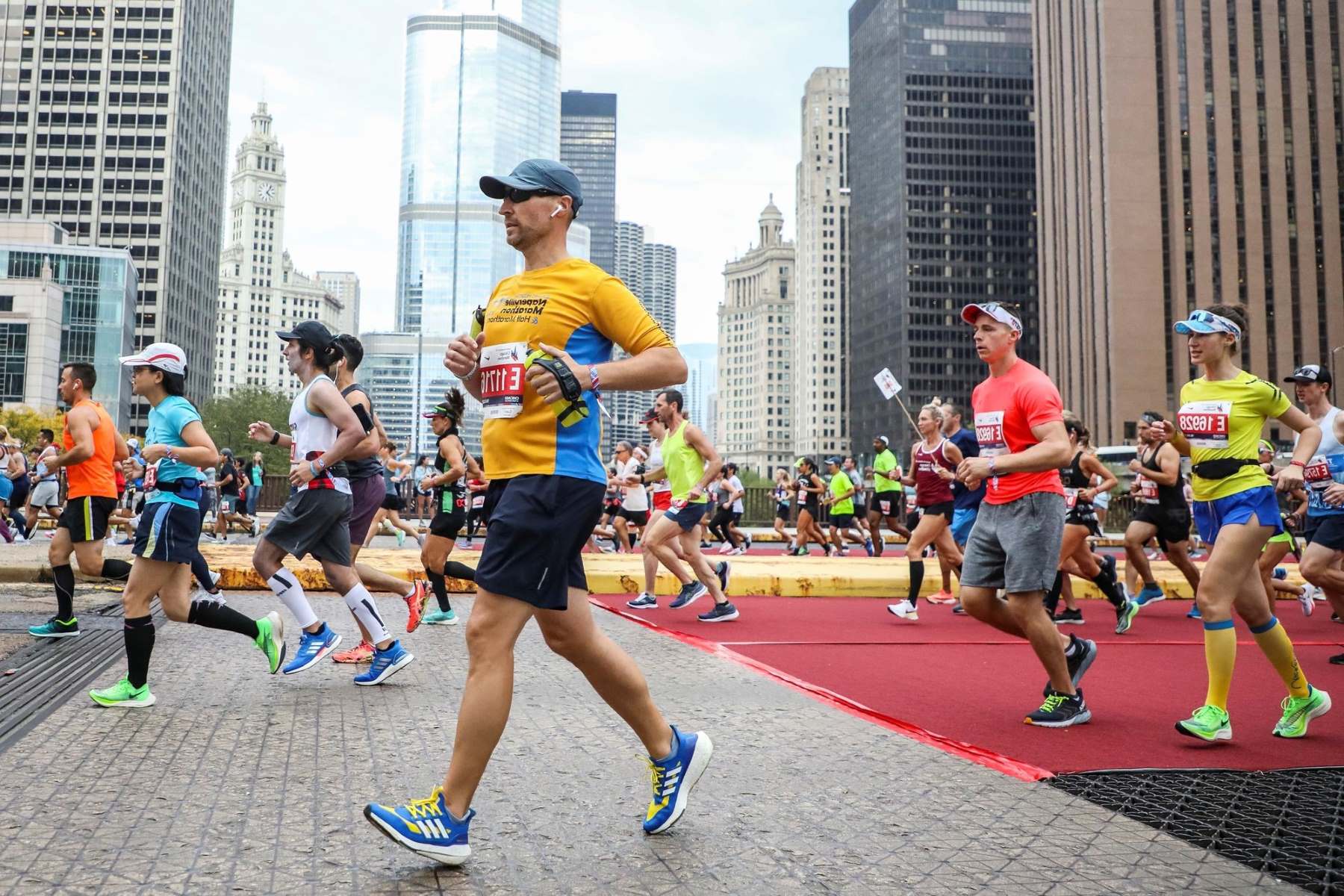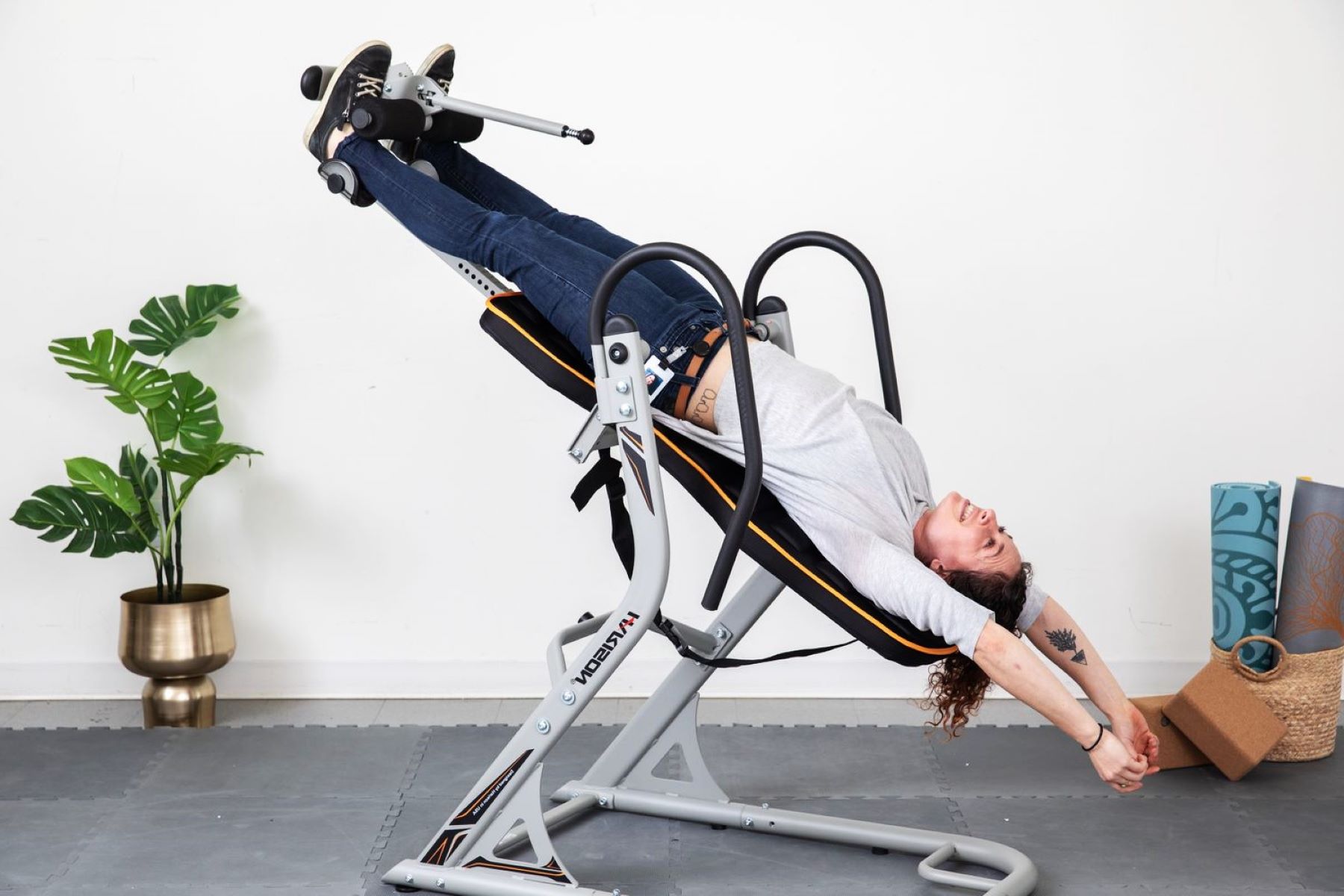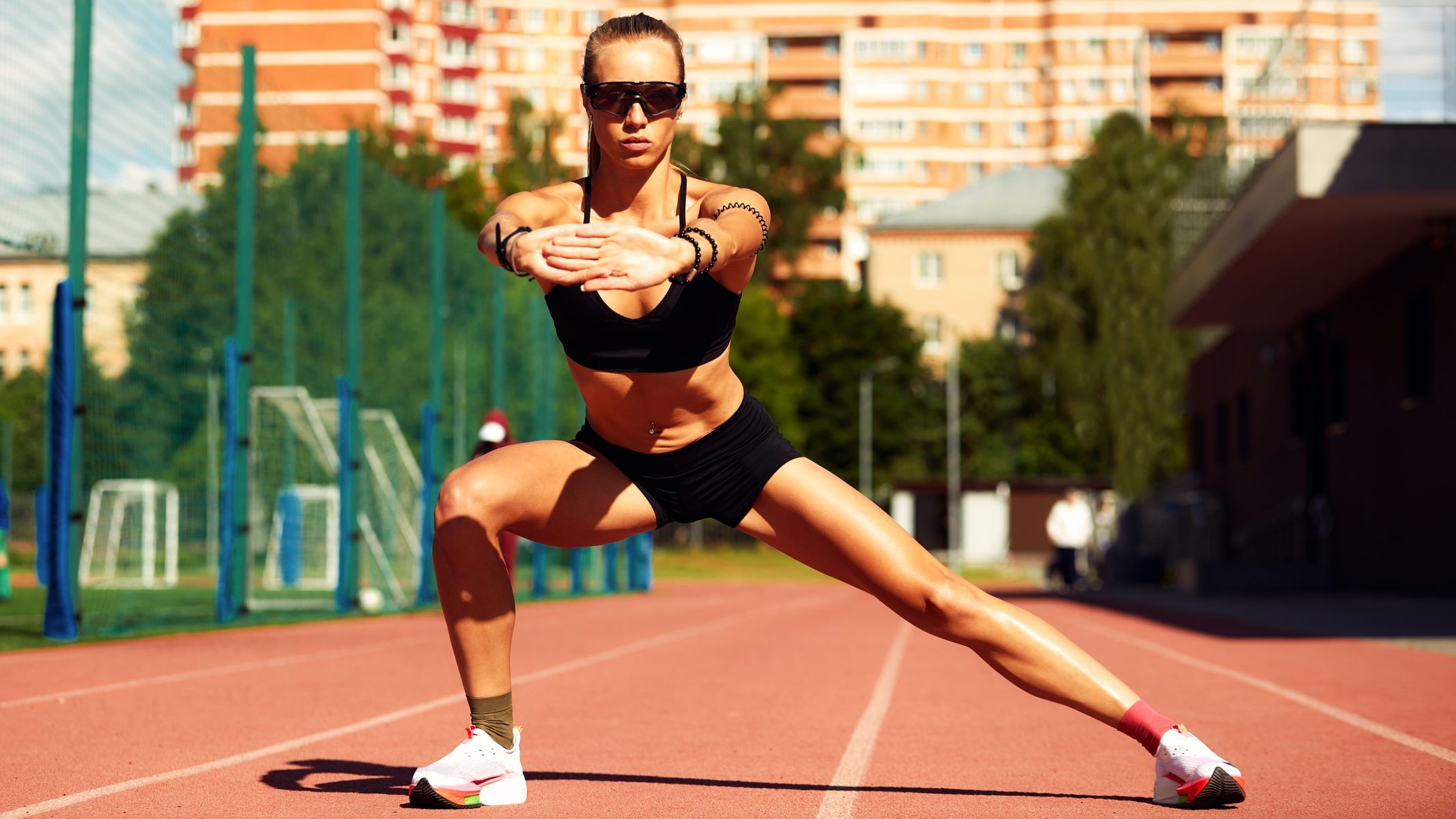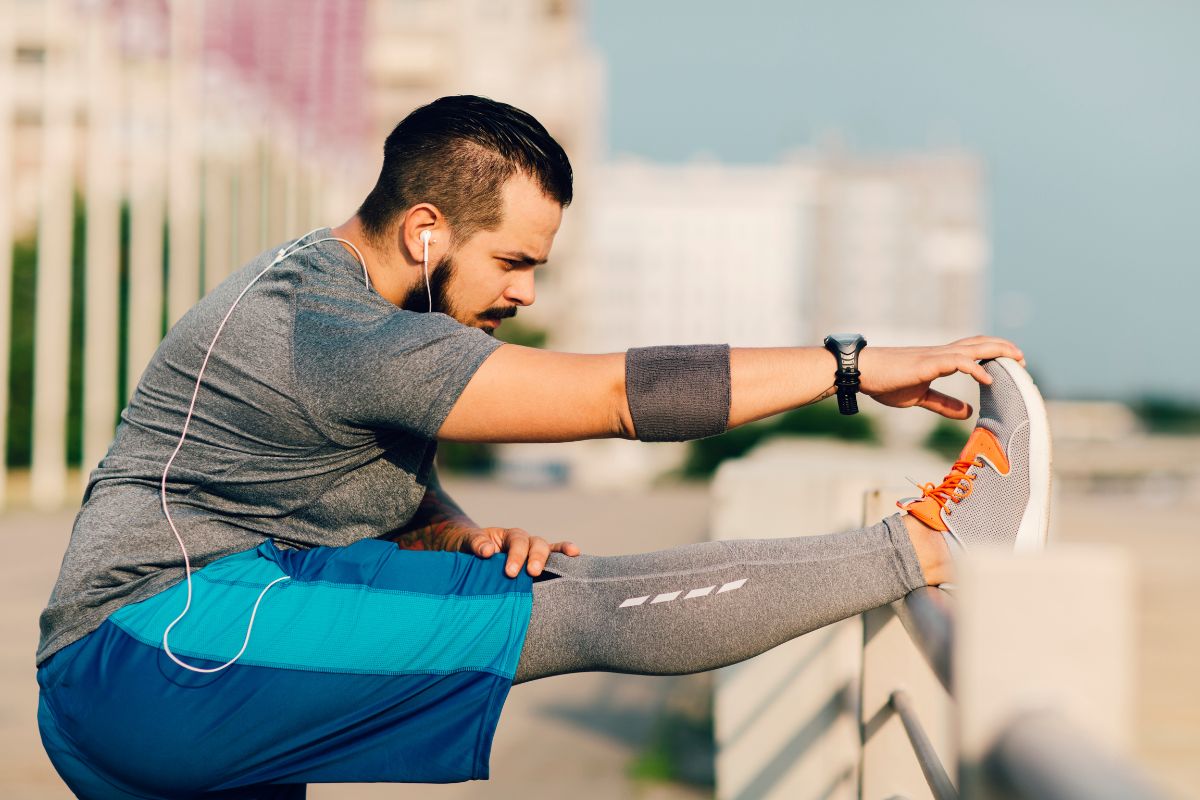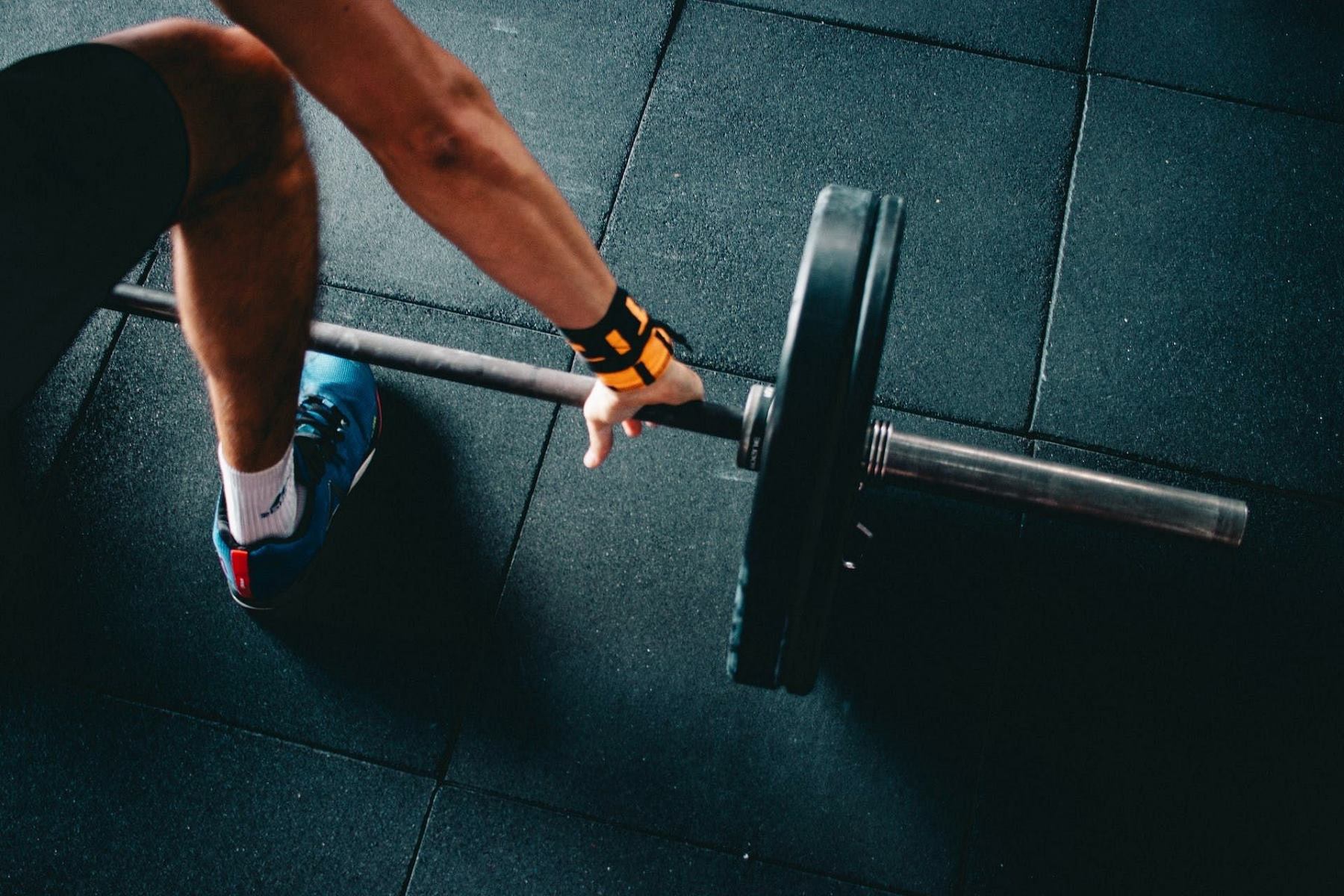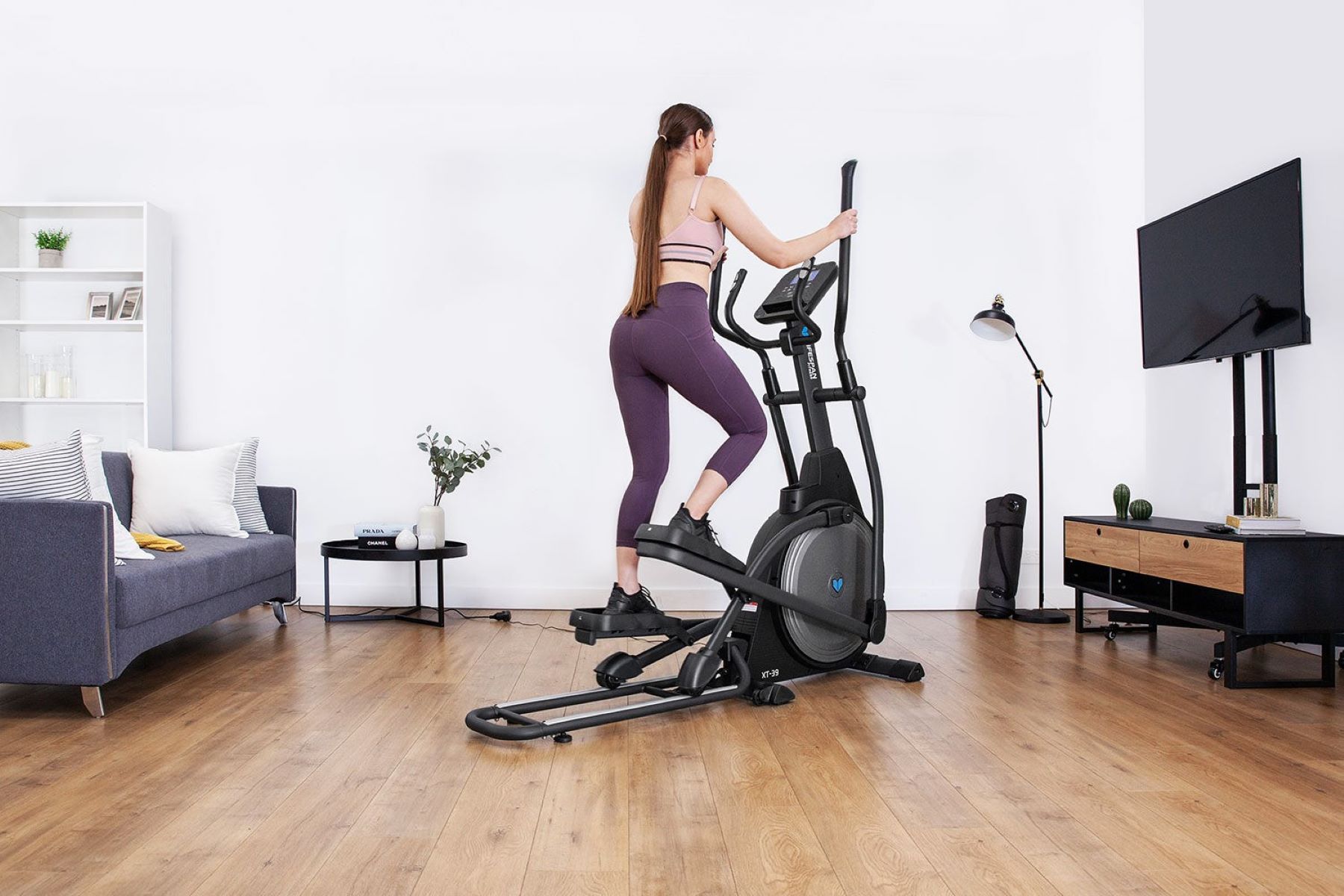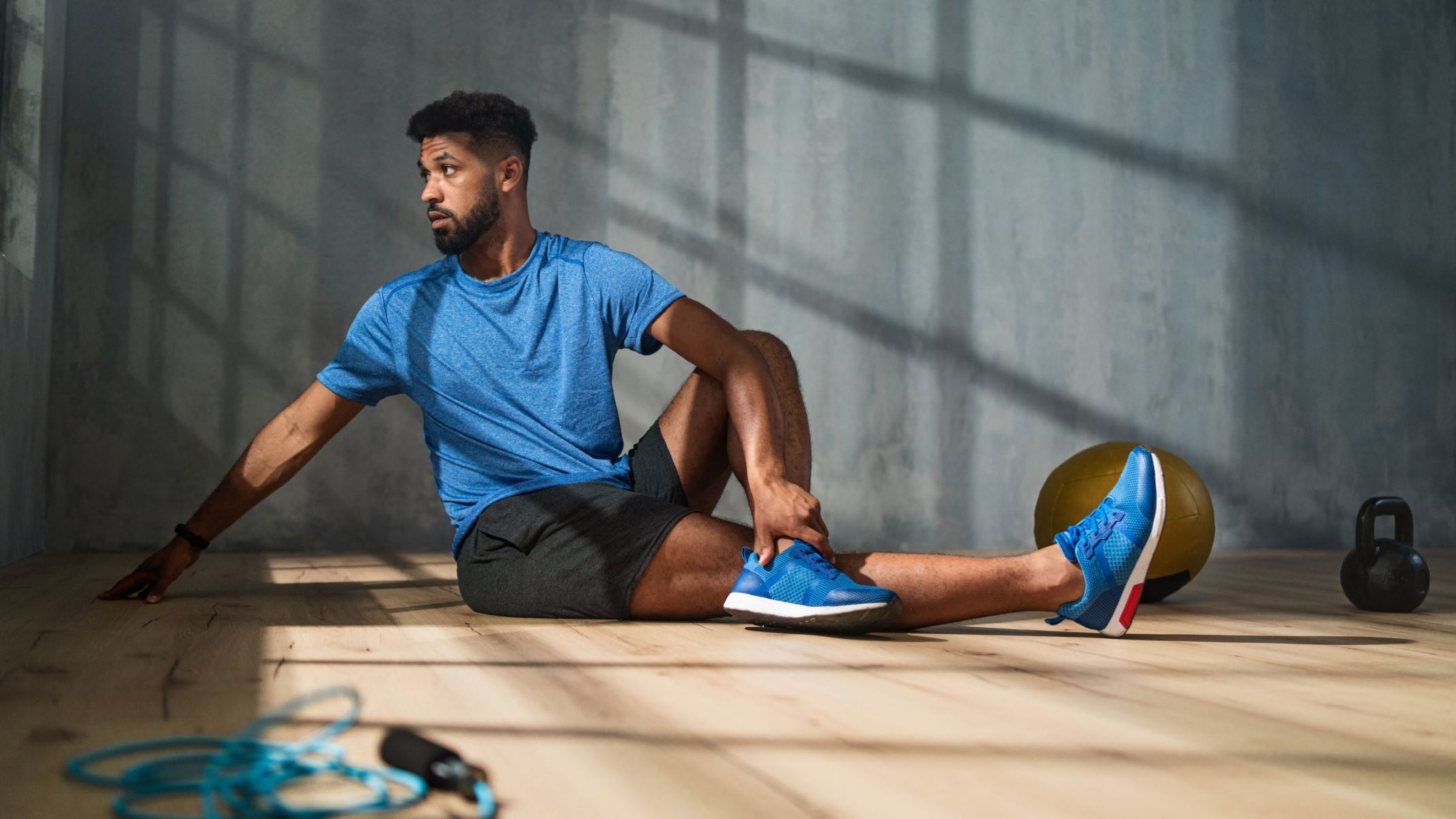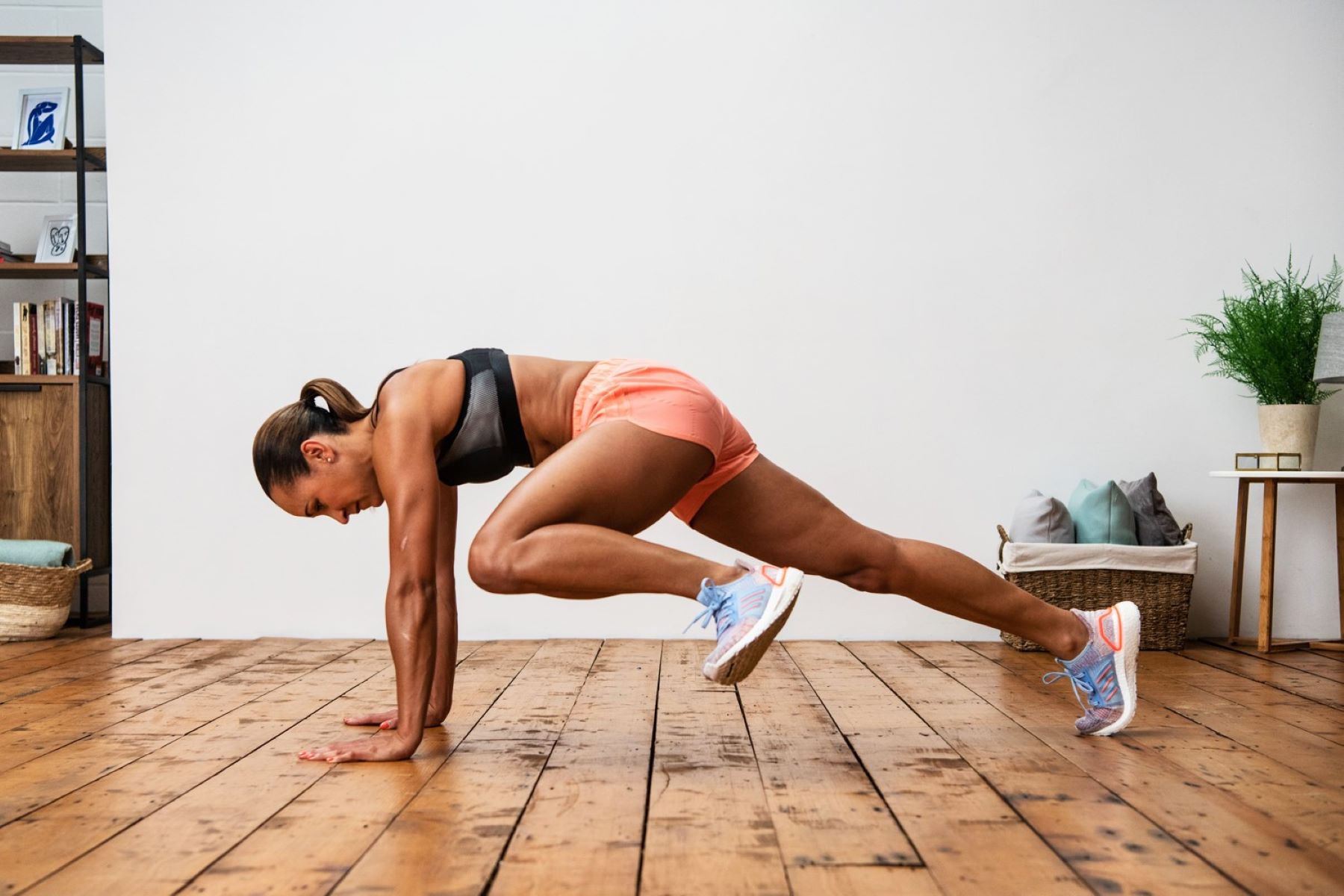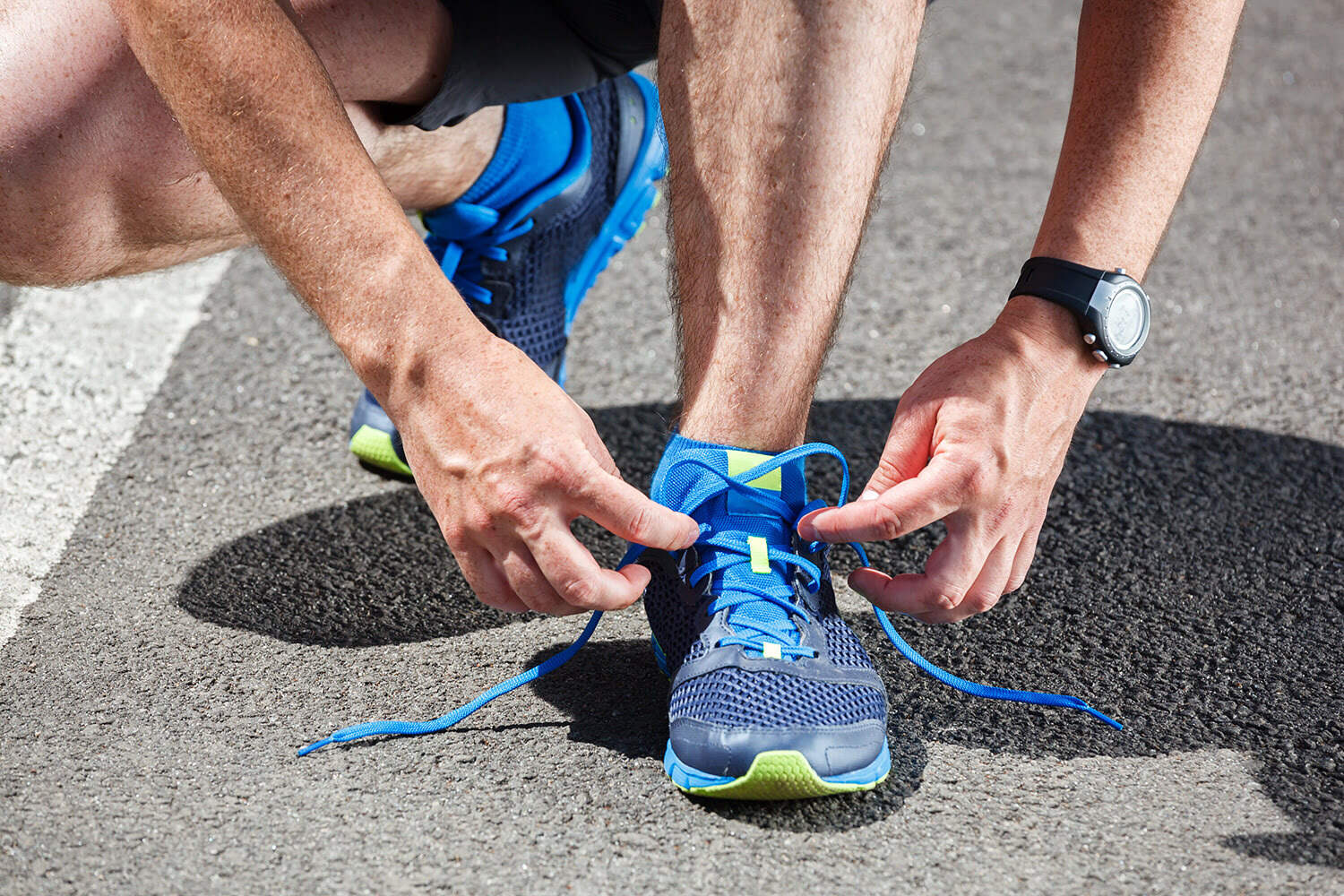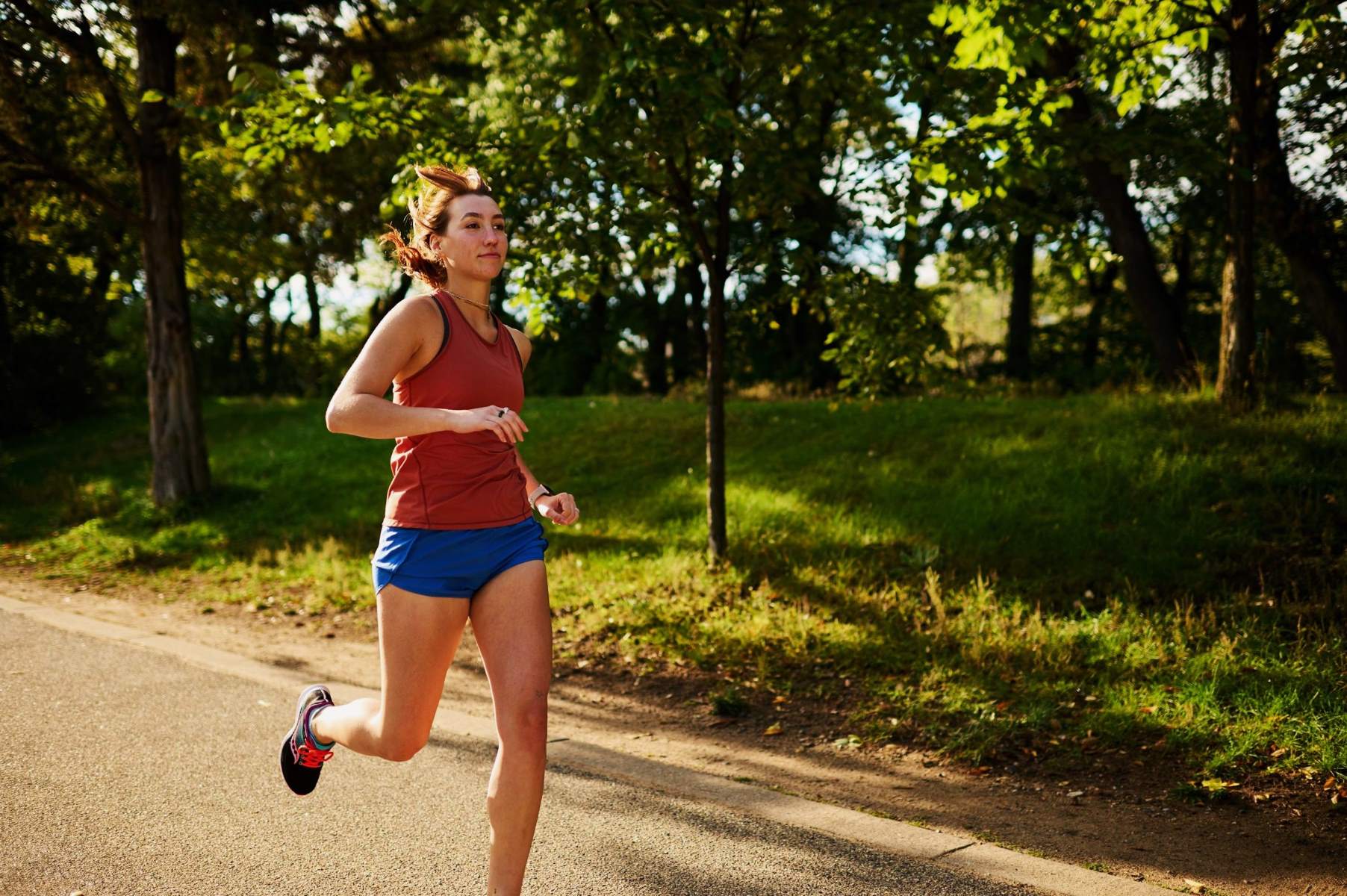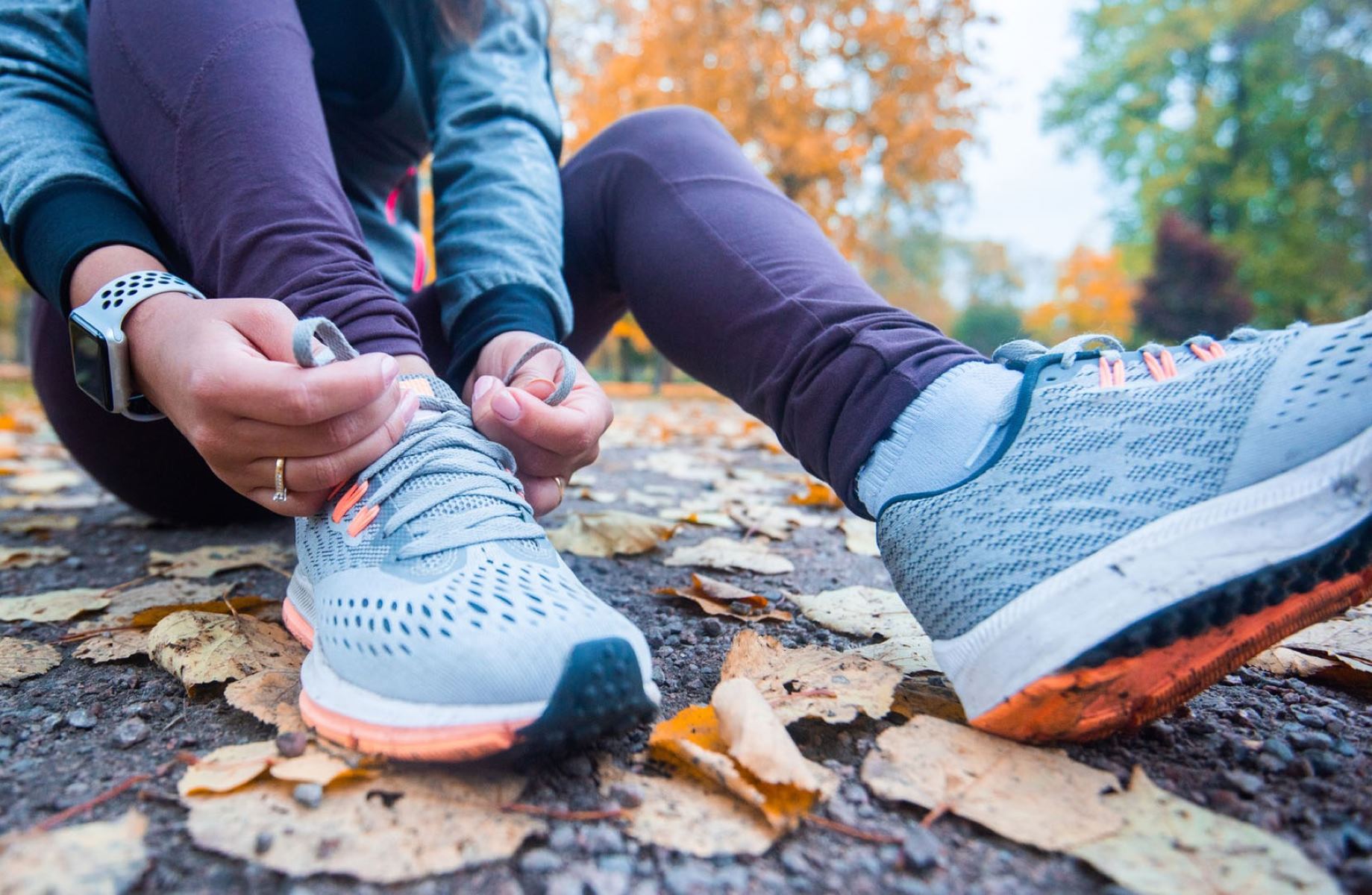Home>Health & Nutrition>Injury Prevention>Top 5 Calf Stretches Recommended For Runners
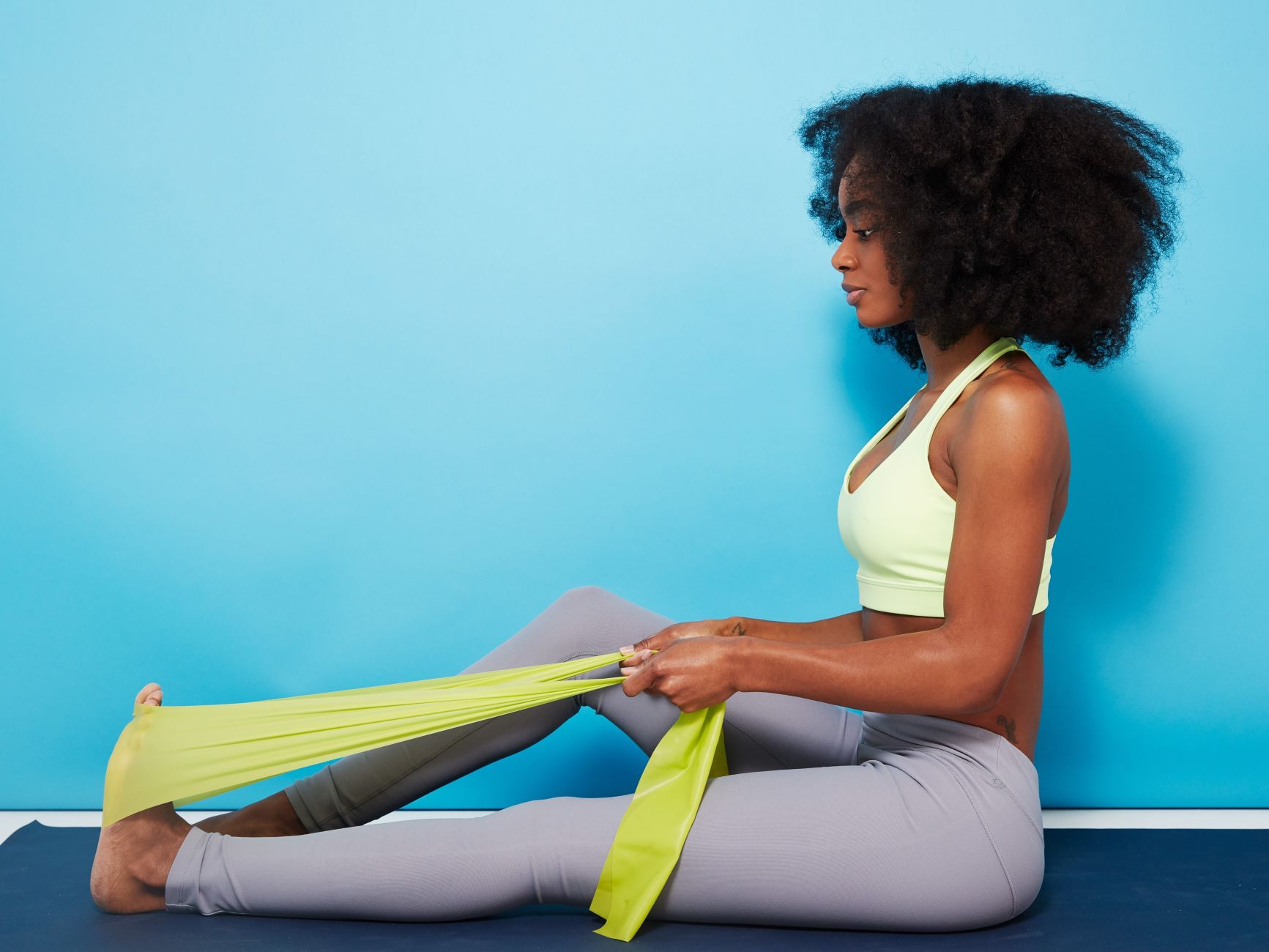

Injury Prevention
Top 5 Calf Stretches Recommended For Runners
Published: February 26, 2024
Prevent running injuries with these top 5 calf stretches recommended for runners. Learn how to improve flexibility and reduce the risk of injury.
(Many of the links in this article redirect to a specific reviewed product. Your purchase of these products through affiliate links helps to generate commission for Therunningadvisor.com, at no extra cost. Learn more)
Table of Contents
Introduction
As a runner, maintaining flexibility and preventing injuries are crucial for optimizing performance and enjoying the sport. One of the key areas that runners need to focus on is the calf muscles. Calf stretches play a pivotal role in preventing tightness and potential injuries in this muscle group, which is essential for running mechanics.
In this article, we will delve into the top 5 calf stretches recommended for runners. These stretches are not only effective in enhancing flexibility and preventing injuries but also contribute to overall muscle health and performance. Whether you are a seasoned marathon runner or a novice jogger, incorporating these stretches into your routine can make a significant difference in your running experience.
By understanding the importance of calf stretches and learning how to perform them correctly, runners can proactively reduce the risk of common issues such as calf strains, Achilles tendonitis, and plantar fasciitis. Additionally, these stretches can aid in improving running efficiency, as flexible and strong calf muscles contribute to a more powerful and fluid stride.
Now, let's explore the top 5 calf stretches that every runner should incorporate into their training regimen. These stretches are not only beneficial for injury prevention but can also contribute to overall lower body flexibility and strength, which are essential for a well-rounded and sustainable running practice.
Read more: Top 4 Back Stretches Recommended For Runners
Importance of Calf Stretches for Runners
Calf stretches are of paramount importance for runners, as they play a pivotal role in maintaining overall lower body flexibility, preventing injuries, and optimizing running performance. The calf muscles, comprising the gastrocnemius and soleus muscles, are heavily engaged during running and are susceptible to tightness and injury if not properly cared for. Here are some key reasons why calf stretches are crucial for runners:
-
Injury Prevention: Tight calf muscles can increase the risk of common running injuries such as calf strains, Achilles tendonitis, and plantar fasciitis. By regularly stretching the calf muscles, runners can reduce the likelihood of these injuries, as well as alleviate existing tightness and discomfort.
-
Improved Flexibility: Flexible calf muscles contribute to a more efficient running stride, allowing for a greater range of motion in the ankle joint. This increased flexibility can enhance running mechanics, reduce the risk of muscle imbalances, and promote a smoother and more natural gait.
-
Enhanced Performance: Flexible and strong calf muscles are essential for generating power and propulsion during running. By incorporating calf stretches into their routine, runners can improve their overall muscle function, leading to better performance and endurance.
-
Alleviation of Discomfort: Runners often experience tightness and discomfort in their calf muscles, especially after long or intense runs. Regular calf stretching can help alleviate this discomfort, reduce muscle soreness, and promote faster recovery post-exercise.
-
Balance and Stability: The calf muscles play a crucial role in providing stability and balance during running. By maintaining flexibility and strength in these muscles, runners can improve their overall stability, which is essential for injury prevention and efficient running mechanics.
Incorporating calf stretches into a regular running routine is essential for maintaining overall lower body health and optimizing performance. By understanding the importance of calf stretches and integrating them into their training regimen, runners can proactively reduce the risk of injuries, improve flexibility, and enhance their running experience. These stretches are not only beneficial for injury prevention but also contribute to the overall well-being and longevity of a runner's lower body muscles.
Standing Calf Stretch
The standing calf stretch is a fundamental exercise that targets the gastrocnemius and soleus muscles, promoting flexibility and mobility in the calf region. This stretch is particularly beneficial for runners, as it helps alleviate tightness and enhances the overall range of motion in the ankle joint, which is essential for efficient running mechanics.
To perform the standing calf stretch:
- Stand facing a wall with your hands placed against it for support.
- Step back with one leg, keeping it straight and ensuring that the heel remains flat on the ground.
- Bend the front leg while keeping the back leg straight, feeling the stretch in the calf of the extended leg.
- Hold the stretch for 20-30 seconds, then switch to the other leg.
The standing calf stretch can also be performed on an elevated surface, such as a curb or step, to increase the intensity of the stretch. By adjusting the angle of the foot on the elevated surface, runners can target different areas of the calf muscles, further enhancing flexibility and mobility.
Incorporating the standing calf stretch into a pre-run or post-run routine can help prevent tightness and discomfort in the calf muscles, ultimately reducing the risk of injuries such as calf strains and Achilles tendonitis. Additionally, regular performance of this stretch can contribute to improved running efficiency and overall lower body flexibility, which are essential for a sustainable running practice.
Runners are encouraged to perform the standing calf stretch regularly, ensuring that both legs receive equal attention to maintain balance and symmetry in the calf muscles. By integrating this stretch into their training regimen, runners can proactively care for their calf muscles, promoting injury prevention and enhancing their overall running experience.
The standing calf stretch is a simple yet effective exercise that can make a significant difference in a runner's flexibility, mobility, and injury resilience. By dedicating a few minutes to perform this stretch regularly, runners can reap the benefits of improved calf muscle health, contributing to their long-term enjoyment and success in the sport.
Seated Calf Stretch
The seated calf stretch is a highly effective exercise for targeting the soleus muscle, which plays a crucial role in ankle flexion and stability during running. This stretch is particularly beneficial for runners, as it specifically targets the deeper calf muscles, promoting flexibility and mobility in the lower leg region.
To perform the seated calf stretch:
- Sit on the floor with your legs extended in front of you.
- Loop a towel or resistance band around the ball of one foot, holding the ends of the towel with both hands.
- Gently pull the towel towards you, flexing your foot towards your body to feel the stretch in the calf muscle.
- Hold the stretch for 20-30 seconds, then switch to the other leg.
The seated calf stretch can also be modified by bending the opposite leg and placing the foot flat on the ground, allowing for a deeper stretch and increased stability during the exercise. This modification enables runners to adjust the intensity of the stretch based on their flexibility and comfort level.
Incorporating the seated calf stretch into a regular stretching routine can significantly contribute to preventing tightness and discomfort in the calf muscles, ultimately reducing the risk of injuries such as calf strains and Achilles tendonitis. By targeting the soleus muscle, runners can enhance their ankle flexibility and stability, which are essential for maintaining proper running mechanics and preventing overuse injuries.
Regular performance of the seated calf stretch can also aid in improving overall lower body flexibility, as it specifically targets the deeper calf muscles that are often neglected in standard stretching routines. By including this stretch in their training regimen, runners can proactively care for their calf muscles, promoting injury prevention and enhancing their overall running experience.
The seated calf stretch is a valuable addition to a runner's stretching routine, as it specifically targets the deeper calf muscles, promoting flexibility and mobility in the lower leg region. By dedicating time to perform this stretch regularly, runners can effectively maintain the health and flexibility of their calf muscles, contributing to their long-term success and enjoyment in the sport.
Wall Calf Stretch
The wall calf stretch is a highly effective exercise for targeting both the gastrocnemius and soleus muscles, which are essential for maintaining flexibility and mobility in the calf region. This stretch is particularly beneficial for runners, as it helps alleviate tightness and enhances the overall range of motion in the ankle joint, which is crucial for efficient running mechanics.
To perform the wall calf stretch:
- Stand facing a wall, approximately an arm's length away, with your hands placed against the wall for support.
- Place one foot forward and one foot back, ensuring that both feet are flat on the ground.
- Keeping the back leg straight and the heel grounded, gently lean forward, feeling the stretch in the calf of the extended leg.
- Hold the stretch for 20-30 seconds, then switch to the other leg.
The wall calf stretch can also be modified by adjusting the distance from the wall, allowing runners to customize the intensity of the stretch based on their flexibility and comfort level. By experimenting with different distances, individuals can target specific areas of the calf muscles, further enhancing flexibility and mobility.
Incorporating the wall calf stretch into a pre-run or post-run routine can significantly contribute to preventing tightness and discomfort in the calf muscles, ultimately reducing the risk of injuries such as calf strains and Achilles tendonitis. This stretch specifically targets both the gastrocnemius and soleus muscles, promoting overall ankle flexibility and stability, which are essential for maintaining proper running mechanics and preventing overuse injuries.
Regular performance of the wall calf stretch can also aid in improving overall lower body flexibility, as it effectively targets the entire calf muscle complex. By including this stretch in their training regimen, runners can proactively care for their calf muscles, promoting injury prevention and enhancing their overall running experience.
The wall calf stretch is a valuable addition to a runner's stretching routine, as it effectively targets both the gastrocnemius and soleus muscles, promoting flexibility and mobility in the calf region. By dedicating time to perform this stretch regularly, runners can effectively maintain the health and flexibility of their calf muscles, contributing to their long-term success and enjoyment in the sport.
Downward Dog Calf Stretch
The downward dog calf stretch is a highly effective yoga-inspired exercise that targets the calf muscles while also engaging the hamstrings and the entire posterior chain. This stretch is particularly beneficial for runners, as it promotes flexibility and mobility in the calf region, which is essential for maintaining proper running mechanics and preventing injuries.
To perform the downward dog calf stretch:
- Start in a plank position with your hands shoulder-width apart and your feet hip-width apart.
- Lift your hips towards the ceiling, straightening your arms and legs to form an inverted V shape with your body.
- Press your heels towards the ground, feeling the stretch in your calf muscles as you maintain the position.
The downward dog calf stretch can be further intensified by pedaling the feet, alternately bending one knee while pressing the opposite heel towards the ground. This dynamic movement allows for a deeper stretch in each calf muscle, promoting enhanced flexibility and mobility.
Incorporating the downward dog calf stretch into a regular stretching routine can significantly contribute to preventing tightness and discomfort in the calf muscles, ultimately reducing the risk of injuries such as calf strains and Achilles tendonitis. This stretch not only targets the calf muscles but also engages the entire posterior chain, promoting overall lower body flexibility and strength, which are essential for maintaining proper running mechanics.
Regular performance of the downward dog calf stretch can also aid in improving ankle flexibility and stability, as it actively engages the calf muscles in a lengthened position. By including this stretch in their training regimen, runners can proactively care for their calf muscles, promoting injury prevention and enhancing their overall running experience.
The downward dog calf stretch offers a holistic approach to calf muscle health, engaging not only the calves but also the hamstrings and the entire posterior chain. By dedicating time to perform this stretch regularly, runners can effectively maintain the flexibility and strength of their calf muscles, contributing to their long-term success and enjoyment in the sport.
Towel Calf Stretch
The towel calf stretch is a simple yet highly effective exercise that targets the calf muscles, specifically the gastrocnemius and soleus, promoting flexibility and mobility in the lower leg region. This stretch is particularly beneficial for runners, as it provides a deep and targeted stretch that can help alleviate tightness and prevent injuries in the calf muscles.
To perform the towel calf stretch, begin by sitting on the floor with your legs extended in front of you. Take a towel or resistance band and loop it around the ball of one foot, holding the ends of the towel with both hands. Gently pull the towel towards you, flexing your foot towards your body to feel the stretch in the calf muscle. Hold the stretch for 20-30 seconds, then switch to the other leg.
This stretch can also be modified by bending the opposite leg and placing the foot flat on the ground, allowing for a deeper stretch and increased stability during the exercise. By adjusting the intensity of the stretch based on individual flexibility and comfort level, runners can effectively target the calf muscles, promoting enhanced flexibility and mobility.
Incorporating the towel calf stretch into a regular stretching routine can significantly contribute to preventing tightness and discomfort in the calf muscles, ultimately reducing the risk of injuries such as calf strains and Achilles tendonitis. By specifically targeting the calf muscles, runners can enhance their ankle flexibility and stability, which are essential for maintaining proper running mechanics and preventing overuse injuries.
Regular performance of the towel calf stretch can also aid in improving overall lower body flexibility, as it provides a deep and focused stretch that effectively targets the entire calf muscle complex. By including this stretch in their training regimen, runners can proactively care for their calf muscles, promoting injury prevention and enhancing their overall running experience.
The towel calf stretch offers a targeted approach to calf muscle health, providing a deep and controlled stretch that can make a significant difference in a runner's flexibility, mobility, and injury resilience. By dedicating time to perform this stretch regularly, runners can effectively maintain the health and flexibility of their calf muscles, contributing to their long-term success and enjoyment in the sport.
Conclusion
In conclusion, incorporating calf stretches into a regular running routine is essential for maintaining overall lower body health and optimizing performance. The top 5 calf stretches recommended for runners – standing calf stretch, seated calf stretch, wall calf stretch, downward dog calf stretch, and towel calf stretch – offer a comprehensive approach to promoting flexibility, preventing injuries, and enhancing the overall running experience.
By understanding the importance of calf stretches and learning how to perform them correctly, runners can proactively reduce the risk of common issues such as calf strains, Achilles tendonitis, and plantar fasciitis. These stretches not only aid in injury prevention but also contribute to the overall muscle health and performance of runners.
The standing calf stretch targets the gastrocnemius and soleus muscles, promoting flexibility and mobility in the calf region. It is a fundamental exercise that can be easily incorporated into pre-run or post-run routines, aiding in injury prevention and improving running efficiency.
The seated calf stretch specifically targets the deeper calf muscles, providing a focused stretch that enhances ankle flexibility and stability. This exercise is valuable for runners seeking to prevent tightness and discomfort in the calf muscles, ultimately reducing the risk of injuries.
The wall calf stretch effectively targets both the gastrocnemius and soleus muscles, promoting flexibility and mobility in the calf region. By incorporating this stretch into their routine, runners can proactively care for their calf muscles, promoting injury prevention and enhancing their overall running experience.
The downward dog calf stretch offers a holistic approach to calf muscle health, engaging not only the calves but also the hamstrings and the entire posterior chain. This exercise contributes to preventing tightness and discomfort in the calf muscles, ultimately reducing the risk of injuries and promoting overall lower body flexibility and strength.
The towel calf stretch provides a deep and targeted stretch that effectively targets the entire calf muscle complex. By including this stretch in their training regimen, runners can proactively care for their calf muscles, promoting injury prevention and enhancing their overall running experience.
Incorporating these top 5 calf stretches into a regular training regimen can make a significant difference in a runner's flexibility, mobility, and injury resilience. By dedicating time to perform these stretches regularly, runners can effectively maintain the health and flexibility of their calf muscles, contributing to their long-term success and enjoyment in the sport.

